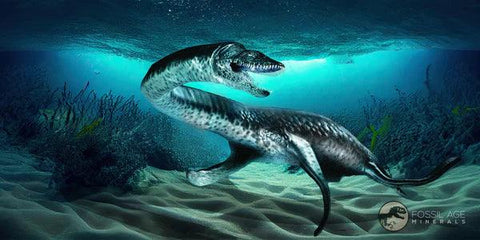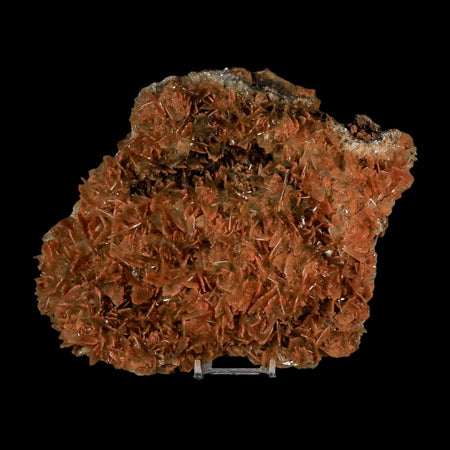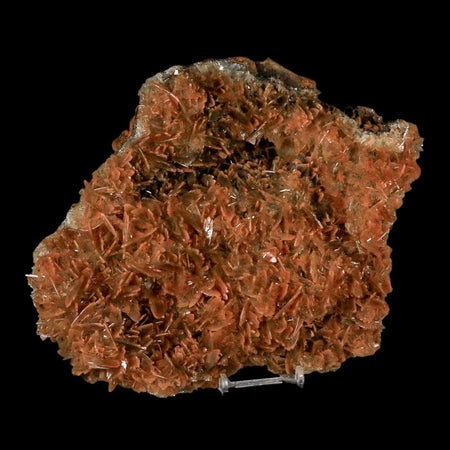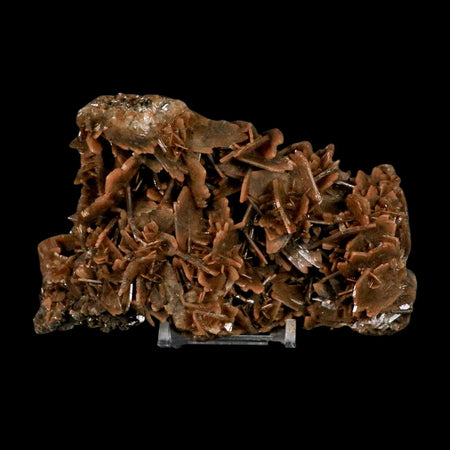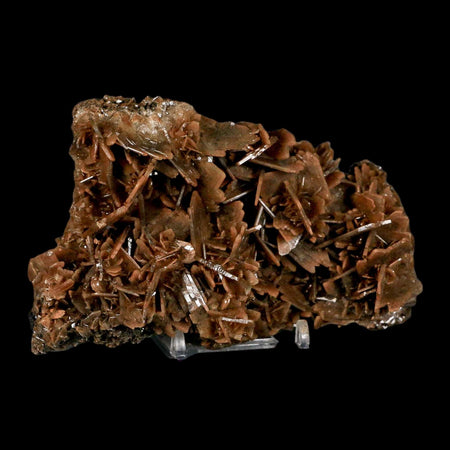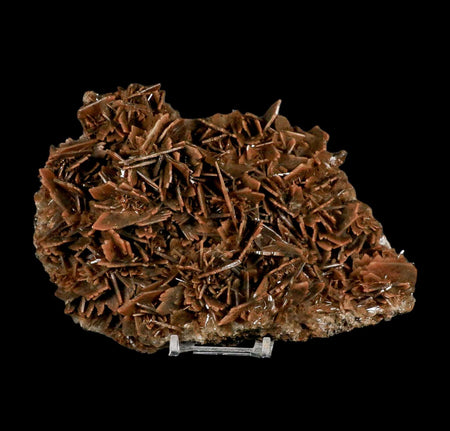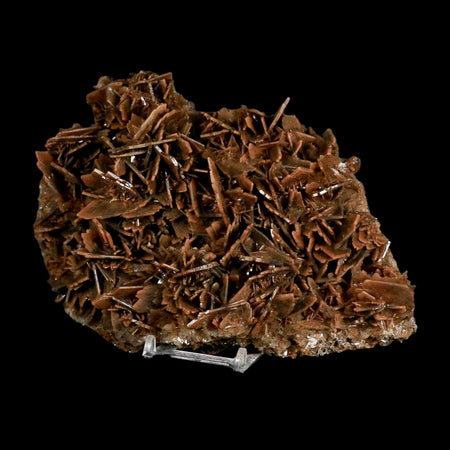1.8" Plesiosaur Zarafasaura Tooth Fossil Cretaceous Dinosaur Era COA, Stand
Location: Khouribga, Morocco
Weight: 0.2 Ounces
Dimensions: 1.8 Inches Long, 0.4 Inches Thick
Comes with a Certificate of Authenticity.
Comes with a free Acrylic Base. (Stand) & Mineral Tack.
The item pictured is the one you will receive.
Plesiosaur Zarafasaura
Zarafasaura Oceanis, a remarkable member of the Elasmosauridae family, offers a captivating glimpse into prehistoric life. Its name combines "Zarafa," the Arabic word for giraffe, with "Saurus," Greek for lizard, while its species name translates to "daughter of the sea" in Latin. Discovered and described by paleontologist Dr. Peggy Vincent and her team at the National Museum of Natural History in Paris in 2011, based on partial skull fossils from Morocco, this creature measured about 23 feet (7 meters) long and lived between 72 and 66 million years ago. Owning a piece connected to such an extraordinary history invites you to connect directly with the Earth's distant past.
Plesiosaurus is just one genus of many that form the family Plesiosauriae. In artistic depictions, many artists do not distinguish between these types of Plesiosaur. Additionally, much of the art depicting the Plesiosaurus is heavily influenced by cryptozooid mythology surrounding the Loch Ness Monster and other similar creatures.
Existed from 228 million years ago to 61.6 million years ago
Lived in a marine environment
Was a carnivore
Paleontologists have discovered 938 different specimens.
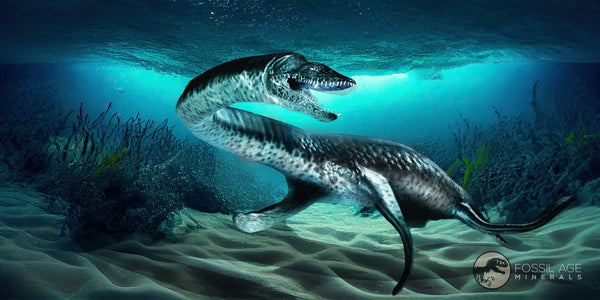
Please be aware of the nature of fossils:
Being buried under the ground for millions of years under tons of pressure tends to be rough. No fossil comes out of the ground whole and perfect. Most fossils have undergone some restoration, while others are altered by man simply to enhance their presentation in different ways. The workers in Morocco do a very professional job of unearthing and preserving these natural treasures; however, commonly, natural cracks are visible on the surface. These are part of the natural beauty of the fossil and are not considered defects.








